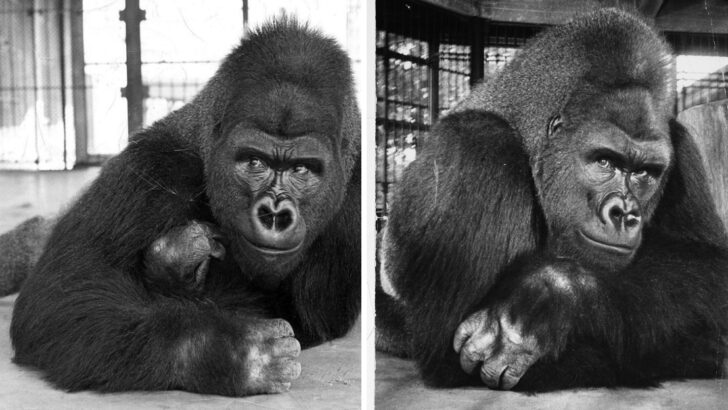An 860-pound gorilla? That’s not a myth—it’s a real-life giant.
Deep in the heart of the jungle, where few dare to venture, one gorilla shattered all expectations. We’re talking about a beast so massive that it dwarfed even the biggest silverbacks, a living tank covered in muscle and fur. This wasn’t just any primate—it was the largest gorilla ever recorded, a heavyweight champion of the wild.
What did this incredible creature eat? How did it dominate its rivals? And just how close did humans get to witnessing this legend in action? The answers will leave you speechless.
Prepare to dive into 12 mind-bending details about this true king of the jungle—because when a gorilla reaches 860 pounds, it doesn’t just blend into the trees. It owns them.
The Record-Breaker
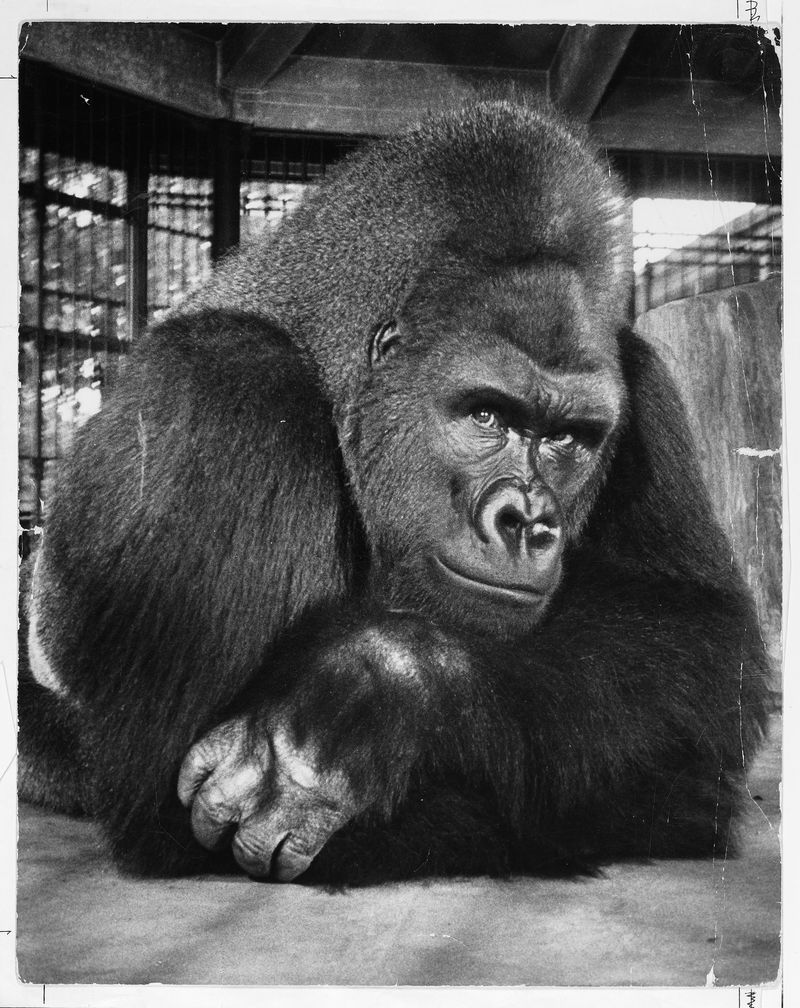
The largest gorilla ever recorded weighed an astonishing 860 pounds. This record-breaking gorilla was discovered in the heart of Africa, where the lush forests provide an ideal habitat. Its extraordinary size has intrigued scientists and wildlife enthusiasts alike, sparking discussions about gorilla growth patterns and environmental factors. This massive creature’s sheer bulk and strength make it a formidable presence in its natural habitat. It serves as a powerful reminder of the incredible diversity and adaptability of wildlife. The gorilla’s remarkable size demonstrates nature’s ability to produce extraordinary beings.
Living in the Wild
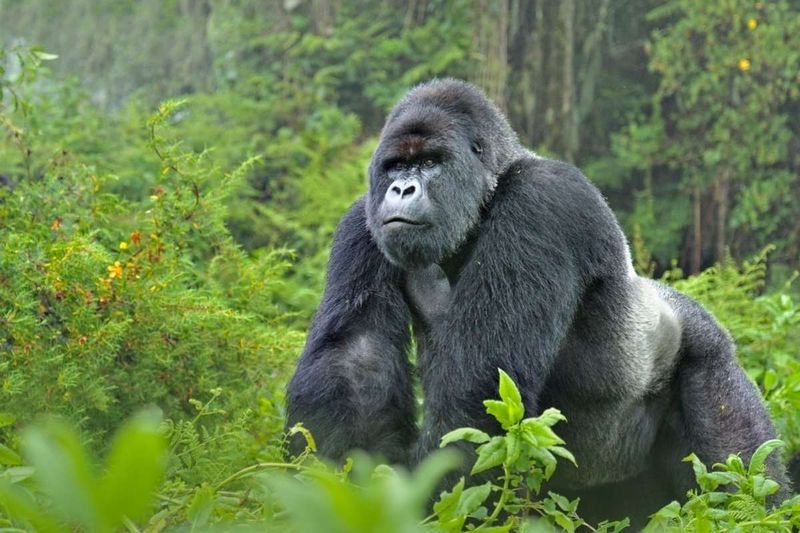
This remarkable gorilla lived in the dense, rich forests of Africa, where food and shelter are abundant. Its habitat provided the perfect environment for growth and survival, offering a diverse diet that fueled its enormous size. These forests are home to a wide array of wildlife, contributing to a vibrant ecosystem. The gorilla’s presence in such a wild setting highlights the importance of conservation efforts to protect these critical habitats. Observing this giant in its natural surroundings offers insights into gorilla behavior and ecology, deepening our understanding of these majestic creatures.
Dietary Habits
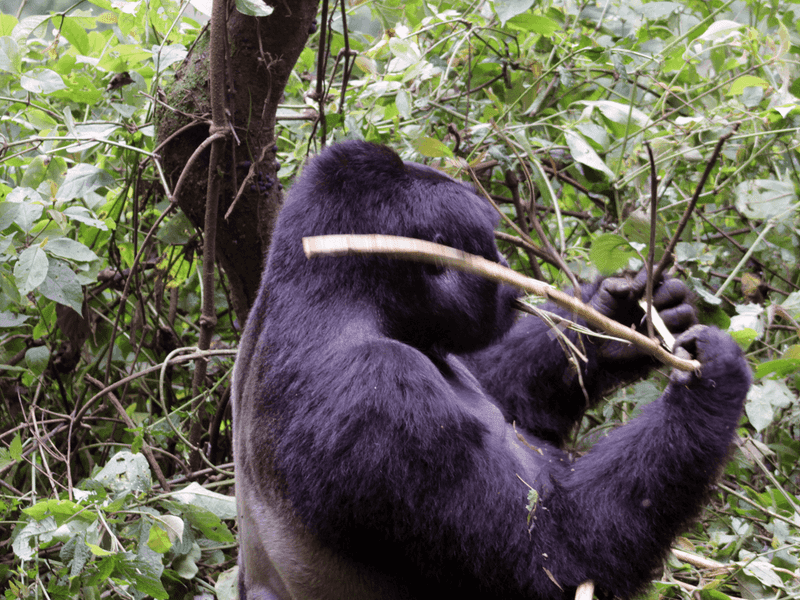
The largest gorilla’s diet consisted mainly of leaves, fruit, and vegetation, typical of its species. Its massive size demanded a substantial intake of nutrients, influencing its foraging habits. The gorilla’s ability to find and consume the right foods played a crucial role in achieving its record weight. By understanding its dietary preferences, researchers can gain insights into the nutritional needs of gorillas. This knowledge aids in the development of conservation strategies, ensuring these magnificent animals continue to thrive. The gorilla’s diet was an essential factor in its growth and vitality.
Social Structure
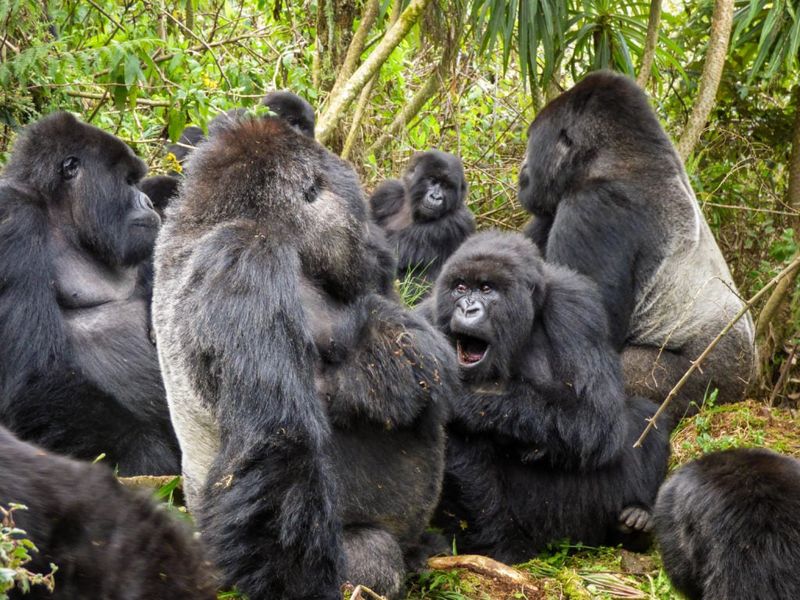
Gorillas are social animals, living in groups known as troops, led by a dominant male. This massive gorilla was no exception, enjoying a complex social life within its troop. The social structure of gorillas plays a vital role in their development and well-being. Interactions within the group provide emotional support, learning opportunities, and protection. The dynamics within a troop can influence individual growth and behavior, contributing to the overall health of the group. Observing these social interactions offers valuable insights into gorilla psychology and community life.
Physical Characteristics
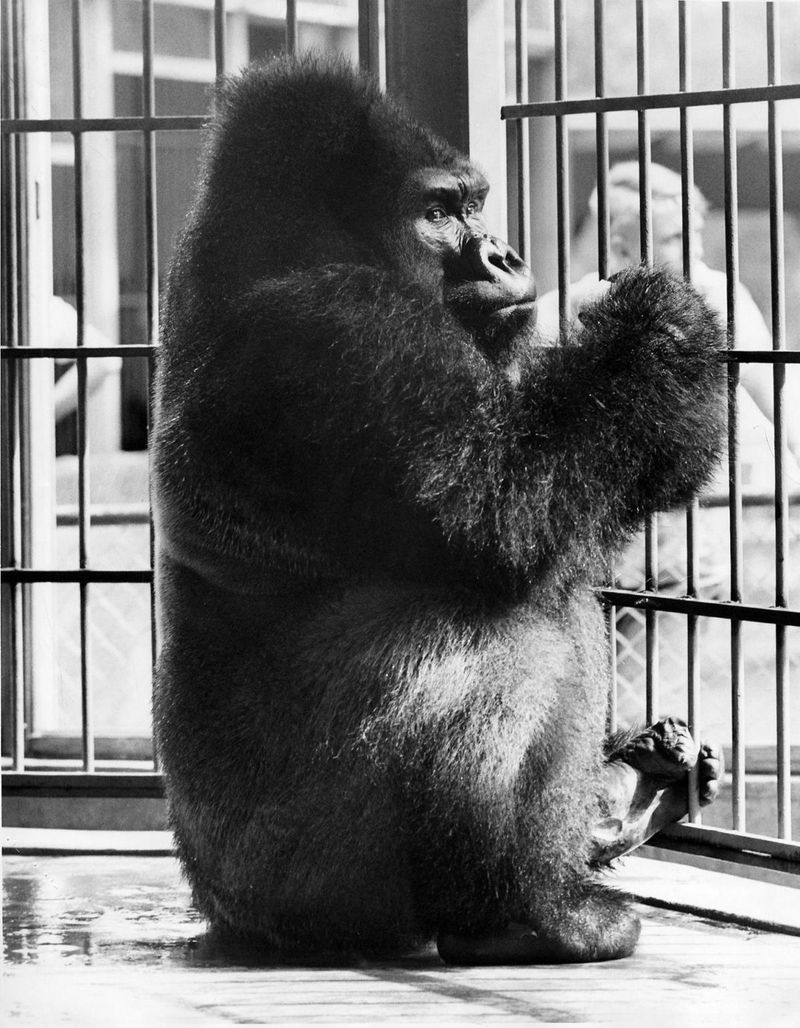
The largest gorilla exhibited striking physical characteristics, with powerful limbs and an imposing presence. Its robust build and muscular form were matched by gentle, expressive eyes, reflecting intelligence and curiosity. The gorilla’s appearance was a testament to its strength and adaptability within its environment. The physical traits of this magnificent creature offer clues to its evolutionary adaptations, providing a window into the natural world. By studying its characteristics, scientists can explore factors contributing to gorilla evolution and survival. The gorilla’s physique was a marvel of nature’s design.
Conservation Status
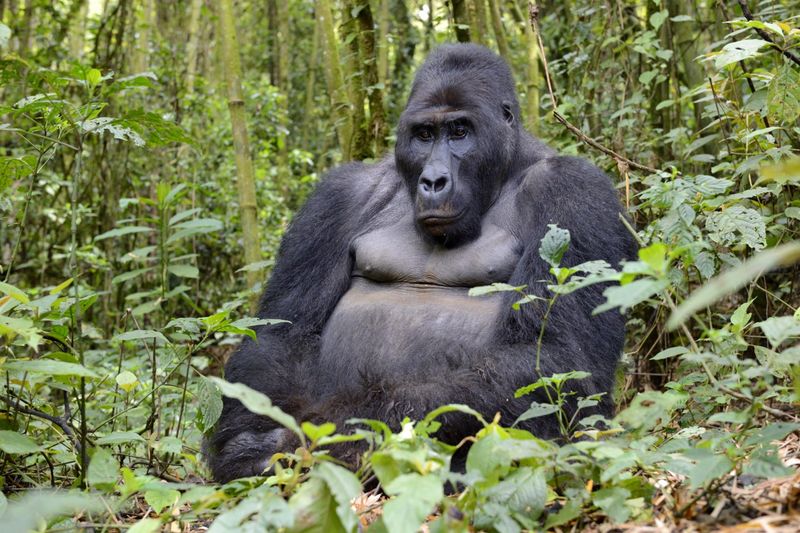
Despite its impressive size, the largest gorilla’s species faces threats from habitat loss and poaching. Conservation efforts are crucial to protect these magnificent animals and their environment. The gorilla’s existence highlights the need for sustained efforts to preserve biodiversity. Organizations worldwide are working tirelessly to ensure sustainable populations. Efforts include habitat restoration, anti-poaching measures, and community education. The commitment to conservation helps secure a future for gorillas and other wildlife. Understanding the importance of preserving these creatures emphasizes our role in safeguarding Earth’s natural heritage.
Impact on Science
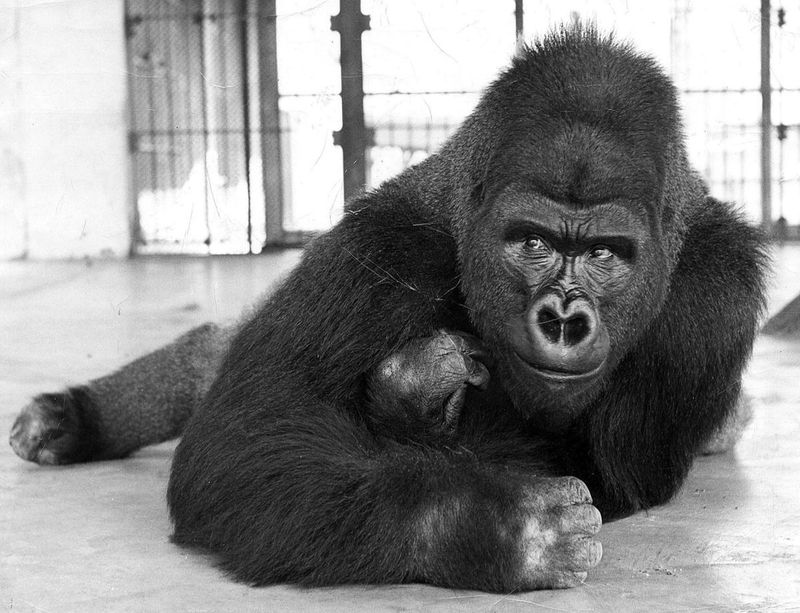
The discovery of this massive gorilla has had a significant impact on scientific research. Its size and characteristics provide valuable data for understanding gorilla biology and ecology. Researchers are fascinated by the factors contributing to its unusual growth, exploring genetic and environmental influences. The gorilla’s record-breaking weight has spurred interest in studying gorilla health and longevity. Insights gained from this individual contribute to broader research topics, including primate evolution and conservation strategies. The gorilla’s story continues to inspire scientific inquiry and appreciation for wildlife.
Unique Behaviors
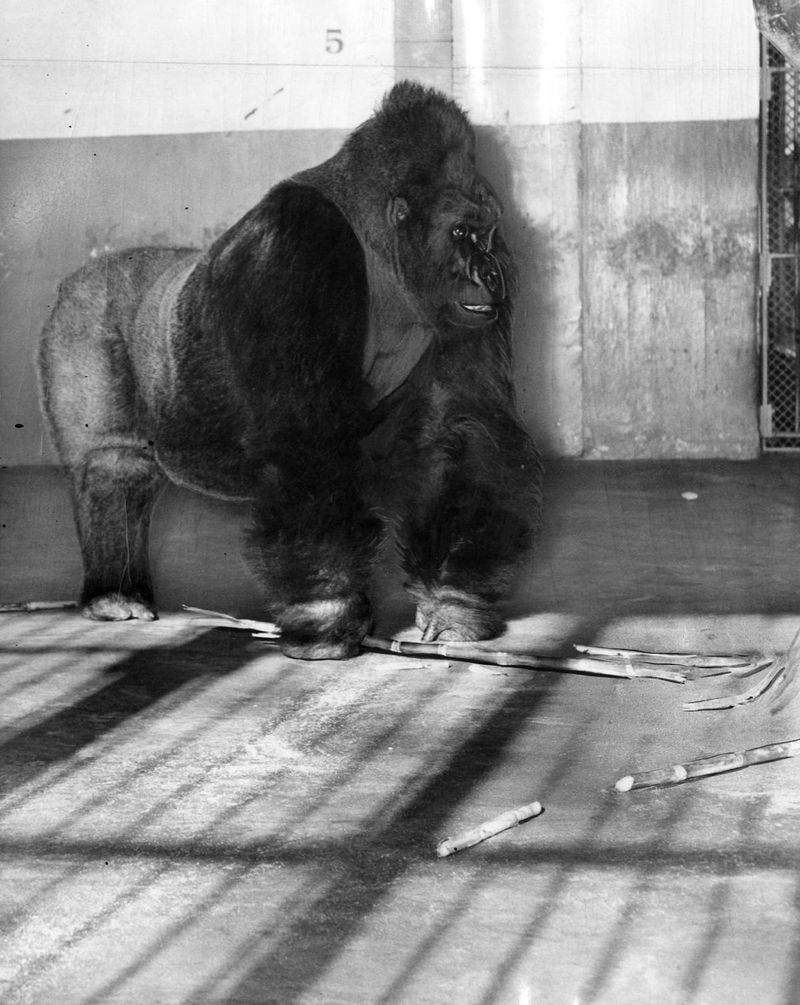
This extraordinary gorilla exhibited unique behaviors that set it apart from others. Its interactions with the environment demonstrated intelligence and adaptability. Observing its behavior provided insights into gorilla cognition and problem-solving skills. The gorilla’s actions offered a glimpse into the complex world of primate behavior, illustrating the depth of their capabilities. These unique behaviors are essential for understanding gorilla ecology and evolution, contributing to a richer appreciation of their lives. By studying these actions, scientists can explore the intricacies of gorilla social and environmental interactions.
Life Span
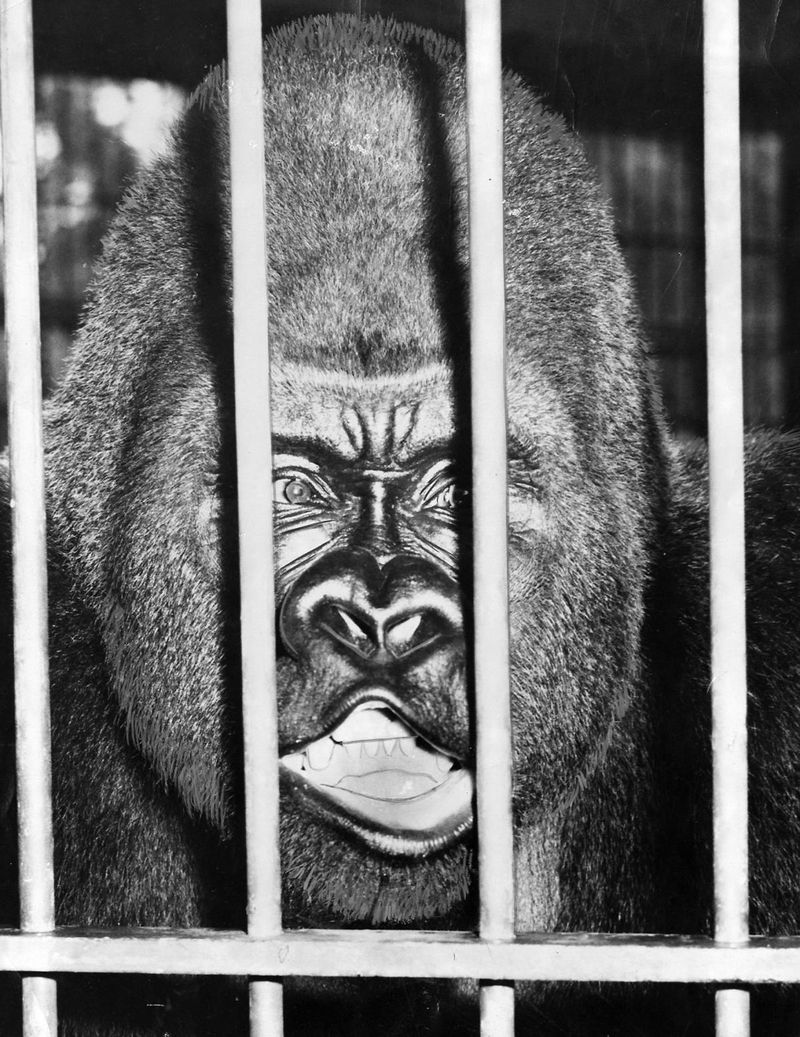
This giant gorilla lived an impressive life span, typical of its species, despite its enormous size. Understanding its life stages sheds light on gorilla development and aging processes. The gorilla’s longevity offers insights into factors that influence survival and reproduction in the wild. Studying its life history helps researchers identify challenges gorillas face throughout different life stages. This knowledge informs conservation strategies, ensuring the protection and well-being of gorillas across their life cycles. The gorilla’s life story provides a captivating narrative of growth and resilience.
Human Interactions
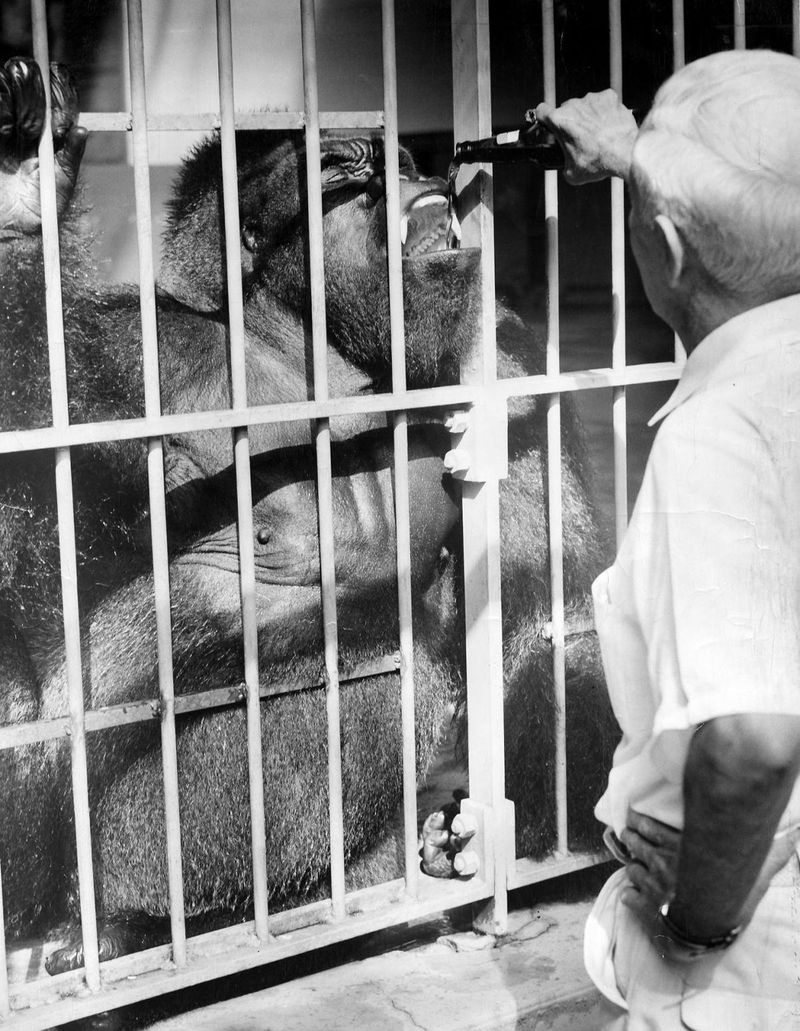
Interactions between this massive gorilla and humans were carefully managed to ensure safety and mutual respect. Researchers and conservationists approached the gorilla with caution, prioritizing its well-being. These interactions provided opportunities to study gorilla behavior and communication. The relationship between humans and this gorilla highlights the importance of ethical wildlife research. Understanding these dynamics is crucial for developing effective conservation practices. By respecting the gorilla’s space and needs, humans can contribute positively to its conservation. This mutual respect fosters a harmonious coexistence between wildlife and people.
Cultural Significance
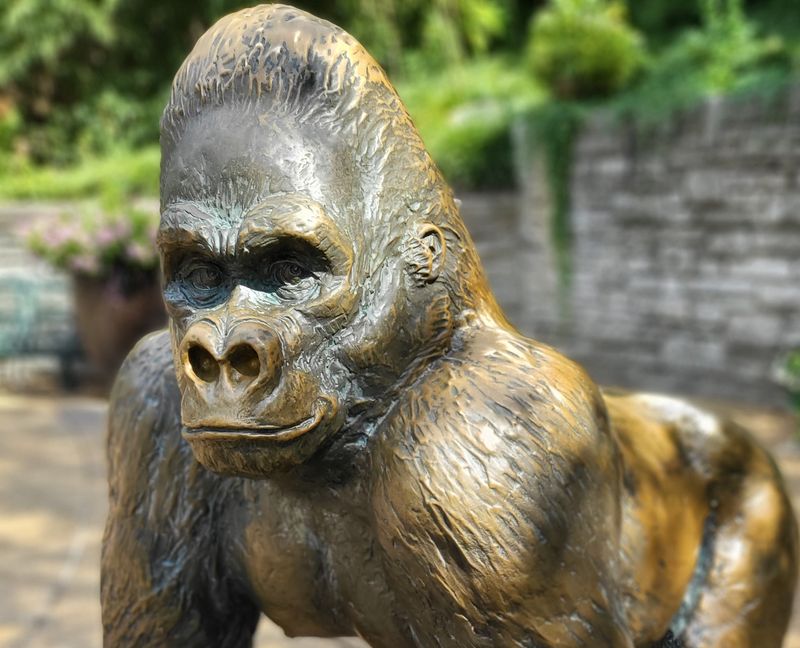
In some cultures, gorillas hold significant symbolism and are featured in myths and legends. This largest gorilla has become an icon, inspiring stories and cultural expressions. Its presence in local folklore reflects the deep connection between gorillas and human societies. The gorilla’s size and strength are often admired and revered, symbolizing power and mystery. These cultural connections emphasize the importance of conserving gorillas, not only as biological treasures but also as cultural icons. The gorilla’s story enriches human culture, offering lessons in respect and admiration for nature.
Environmental Influence
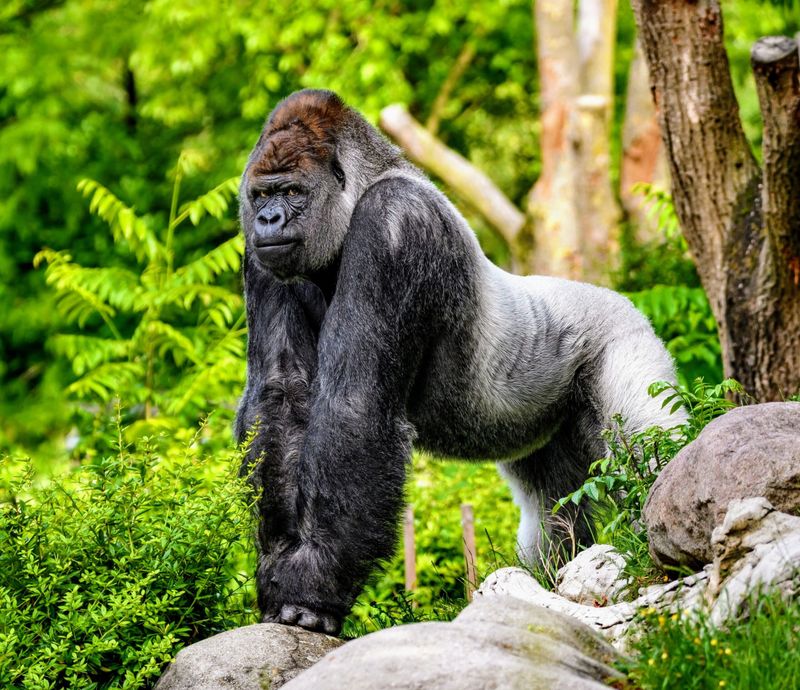
The environment played a crucial role in shaping the largest gorilla’s life. The rich biodiversity and climate of its habitat influenced its growth and behavior. Factors such as food availability and seasonal changes impacted its daily life and survival strategies. Understanding these environmental influences helps researchers explore how gorillas adapt to their surroundings. This knowledge is vital for developing conservation plans that address environmental challenges. The gorilla’s interaction with its environment exemplifies the intricate balance of nature, showcasing the delicate interplay between wildlife and their habitats.

